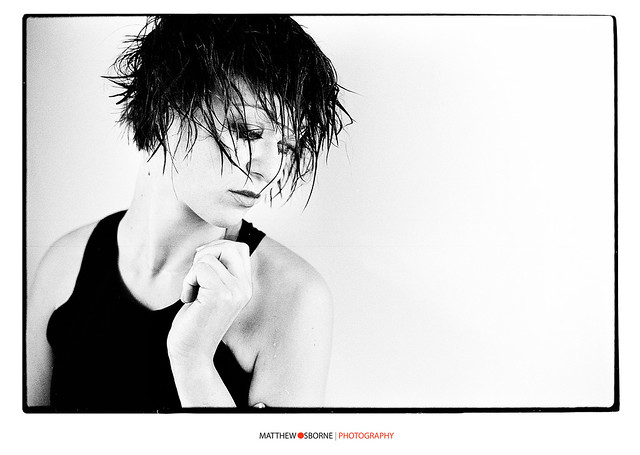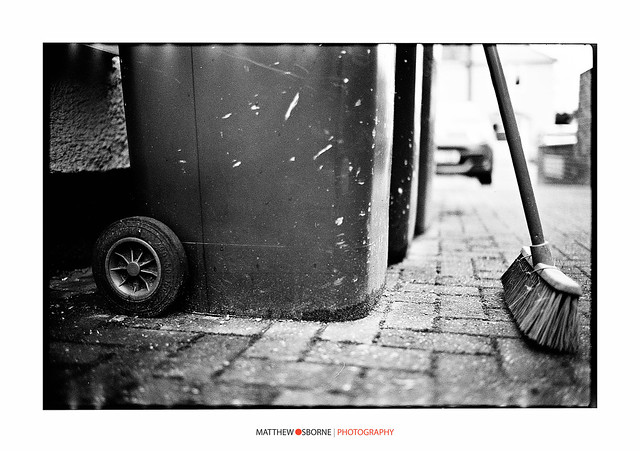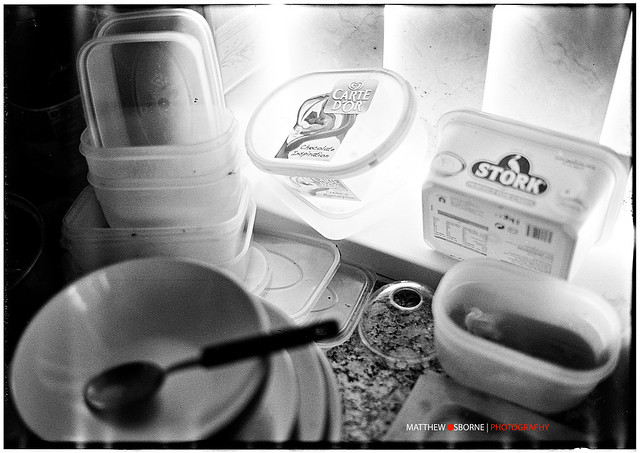A journey from Germany to Turkey, to photograph with vintage film equipment and produce a series of prints.

I was trained as a musician. Three years ago, a band I was in was invited to play behind R. Stevie Moore, a legendary underground home-recording musician, on his first tour, ever. He was 59 at the time (and we were all about half his age- he liked to refer to us as his "boy band"). None of us- Stevie, the boy band, nor our manager, had any touring experience. We thought that the tour might be a modest two week American jaunt, and even then we didn't know what to expect. But as Stevie had been releasing music since 1969 and had developed a huge cult fanbase who had generally resigned themselves to the fact that they would never see him live, the media excitement about the tour began to grow rapidly and so did the bookings. Helped along by shout-outs from some of the more successful musicians who had come up admiring Stevie, such as Ariel Pink, MGMT, and Mike Watt, we suddenly found ourselves booked for a three month international tour. Like everything Stevie has ever done, the whole scenario was generally unprecedented and unpredictable. And like his music, which if anything surely deserves the description "diverse", so were our bookings. We played house parties and we headlined festivals. We went from having four private suites and a chef in the French Riviera one night to sleeping on the floor of the van in a German truck stop the very next.

About a year before all of this, I had decided to take up photography, purely as a diversion (or I could say, just as an excuse to occasionally go take a walk around). My musical training had instilled in me a certain self-criticizing attitude, an acute awareness of what the musical institutions did and didn't consider proper talent and technique; in other words- an unshakable feeling that I didn't practice enough. I decided that I would stay as ignorant as possible about photography, learn nothing about technique, familiarize myself with none of the masters or their work, and own as little and as cheap equipment as possible. So I got hold of a toy plastic film camera- being outside of the digital realm was a near certain safeguard against any possibility of accidentally throwing my hat into the ring of current photographic practice. And I started to take night walks and to take some photos.

Touring is sometimes grueling business. Stevie likes to remind us that we're "in the Army now". Almost every day is: rising early after going to sleep late, riding in a van for maybe six or eight hours, loading and checking equipment, waiting to be fed, waiting to play, playing, waiting to get paid and get out of the venue, waiting to be taken to wherever some type of bedding is being provided, and waiting for the party to be over in order to get any sleep at all. I'm not complaining, I'm just saying how it is. There is also, ironically, a lack of opportunity to be engaged in any real creative work on tour outside of the performances, with the schedule being what it is.
Funny thing that I had once taken up photography just as an excuse to go take evening walks: In this new milieu, these photo-hunting hikes became pivotal to my sanity. Imagine being in a magnificent foreign city that you've never been in before and may never be in again, and having at best one or two hours to explore it. And imagine having this experience over and over again, every day for a month or two. There comes to be (at least for me) an almost explosive need, an impossible desire, to sprint and stand still at the same time, to see everything there is to see and yet to stop and take in any little sight as deeply as I can, to engage in utter novelty while looking for a restive moment of familiarity. Not only this, but as I'm accustomed to spending many hours a day working on music, my creative impulses took on a similar tension; they demanded some release, some focus, something outside of eat-sleep-drive, some work. At once I found that as soon as we began to cross through the suburbs towards the center of any new town, my eyes were fixed out the window, assessing the tone, style, light and color of the place, and I wondered whether I wasn't too hungry to skip dinner if it happened to fall during that time just before dusk when the light is best.
R. Stevie and the crew are now preparing to embark on our fourth summer abroad. I have some good friends in several European cities, and there's at least a handful of cities that I can get around without a map (I can get around any city without a map, but maybe not always with the certainty that I'll find my way back to the gig before the rest of the band starts to worry). Last year I had my first photography show, a solo show of ninety-one prints, put up in five days between gigs in Moscow and Mexico City. It was largely comprised of pictures taken on the road, and it sold out. After years of focusing exclusively on street and low-light photography, I have extended my practice into portraiture. Though I've moved beyond plastic cameras, I still work exclusively with film.
Two things have never happened, though: I have never toured as a solo musician, and I have never had the chance to see Eastern Europe.
The Project:
I propose this year to depart from R. Stevie Moore and the boys at the end of our spring tour in Western Europe and to head east, towards Istanbul, to photograph with vintage film equipment, and to produce a series of hand made prints from these images. I am working to secure solo performances along the way, targeting Austria, Slovakia, Croatia, Hungary, Bulgaria and Turkey. Traveling alone and performing less frequently will radically alter my opportunities to explore, to engage, and to photograph.
Some of the overhead travel costs (i.e., flights) will be provided by the band. But, contrary to popular portrayal, guys in bands do not make a ton of money. We usually have to do a lot of juggling just to make sure we have apartments to come home to. In order to plan this solo tour, I will need to commit in advance to a flight itinerary and to performance engagements, and I will need to be certain that I can fulfill these commitments. This will mean bus and train fare, food and lodging.

I also have a devoted belief in the importance of film photography as an art. The motive and practice of travel photography is a unique and special thing when working with film. I come across something that I didn't know was going to be there. I take one or two snaps and have no idea how they'll turn out; they might not be any good. I walk away and know that I will never see that place again. The image, when eventually it comes to exist, is imbued with a feeling of chronology; the moment-in-time of a photograph relates in a real way to the moment as-it-was, something that had no guarantee of ever existing, and was certainly bound to be lost in any case.
Film photography is becoming ever more expensive, though, as it becomes less popular. With medium-format film, it costs about a dollar a shot before getting any scans or prints, just to buy and develop the film. This could easily cost thirty to forty dollars a day just to take the pictures. Later printing, which I do by hand in one of New York's last surviving public darkrooms with true analog enlarging and printing equipment, costs around fifteen dollars an hour, plus the cost of photo paper. It can cost around twenty dollars just to make a good print of one image.
I have chosen not to focus here on the musical side of the project, not because it isn't deeply important to me, but because I feel that the photographic element is something that I can truly and freely share with anybody who cares to connect with me on the internet. The greatest reward of any artistic undertaking is the opportunity to transmit it to an audience. In music, this happens in performance. But the motivating drive for me to expand and deepen my photographic practice comes from the response that I get from sharing my work openly online. I have continued to receive attention and appreciation from friends and strangers alike on Facebook and on Flickr (and I have discovered endless inspiration through the work of others in these forums, as well). I am now seeking financial support from this online community in order to expand this body of work, which as always will be shared freely and openly with that community.
But don't forget to check out the Rewards offered for your contributions! Souvenirs, custom made prints, and even a photo session of your own! No need to be purely altruistic!
Thank you so, so much for hearing my story, for supporting my work, and for being a friend of the arts. May you all have many rewarding journeys of your own. -Wilson































.jpg)
.jpg)
